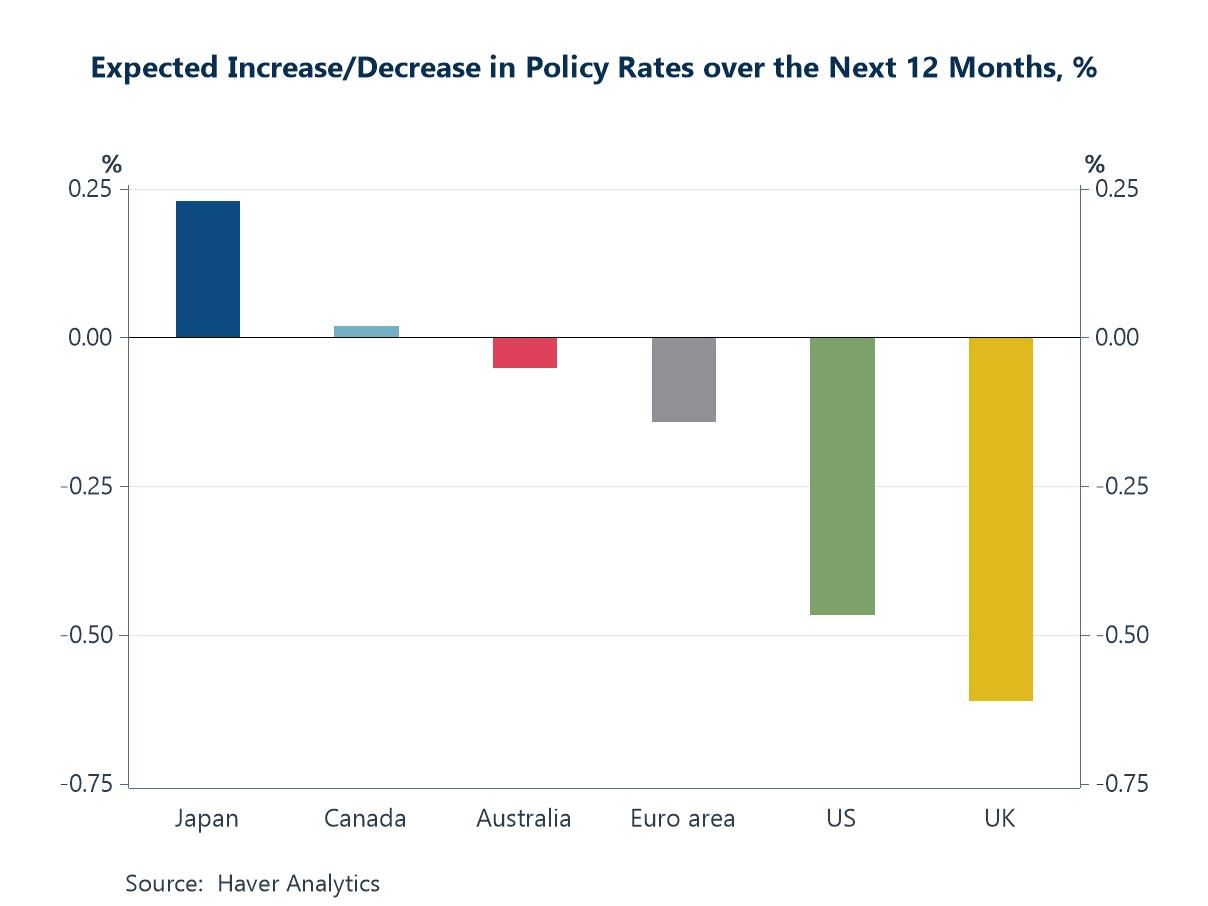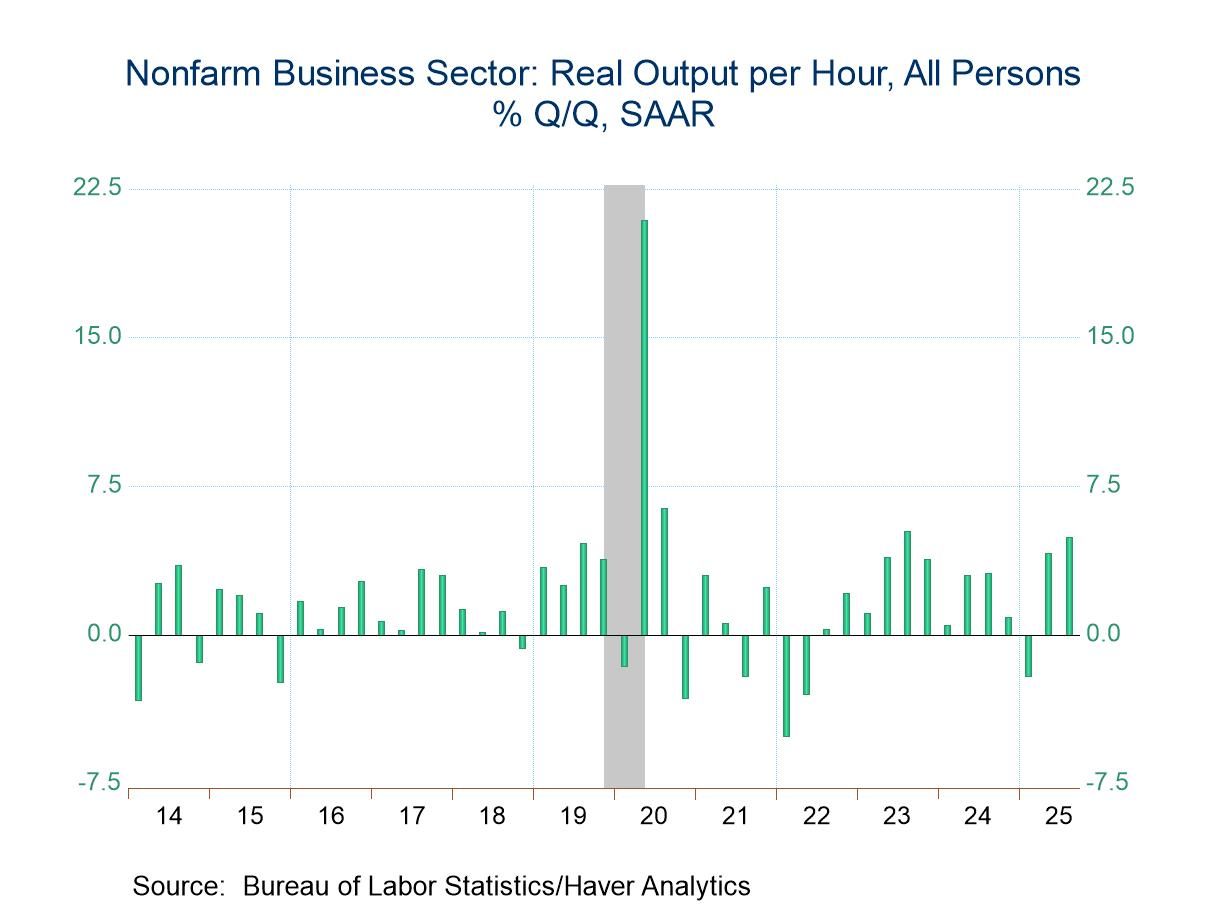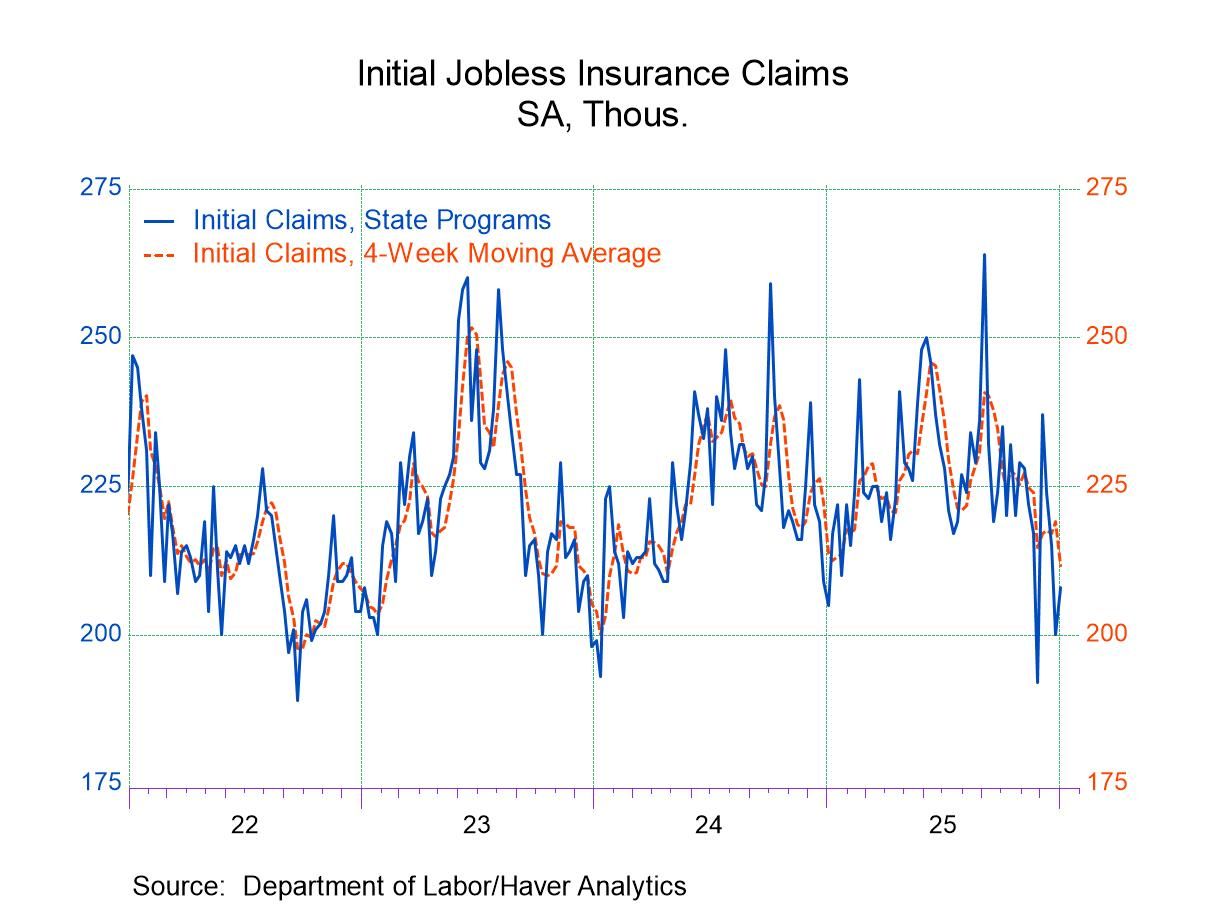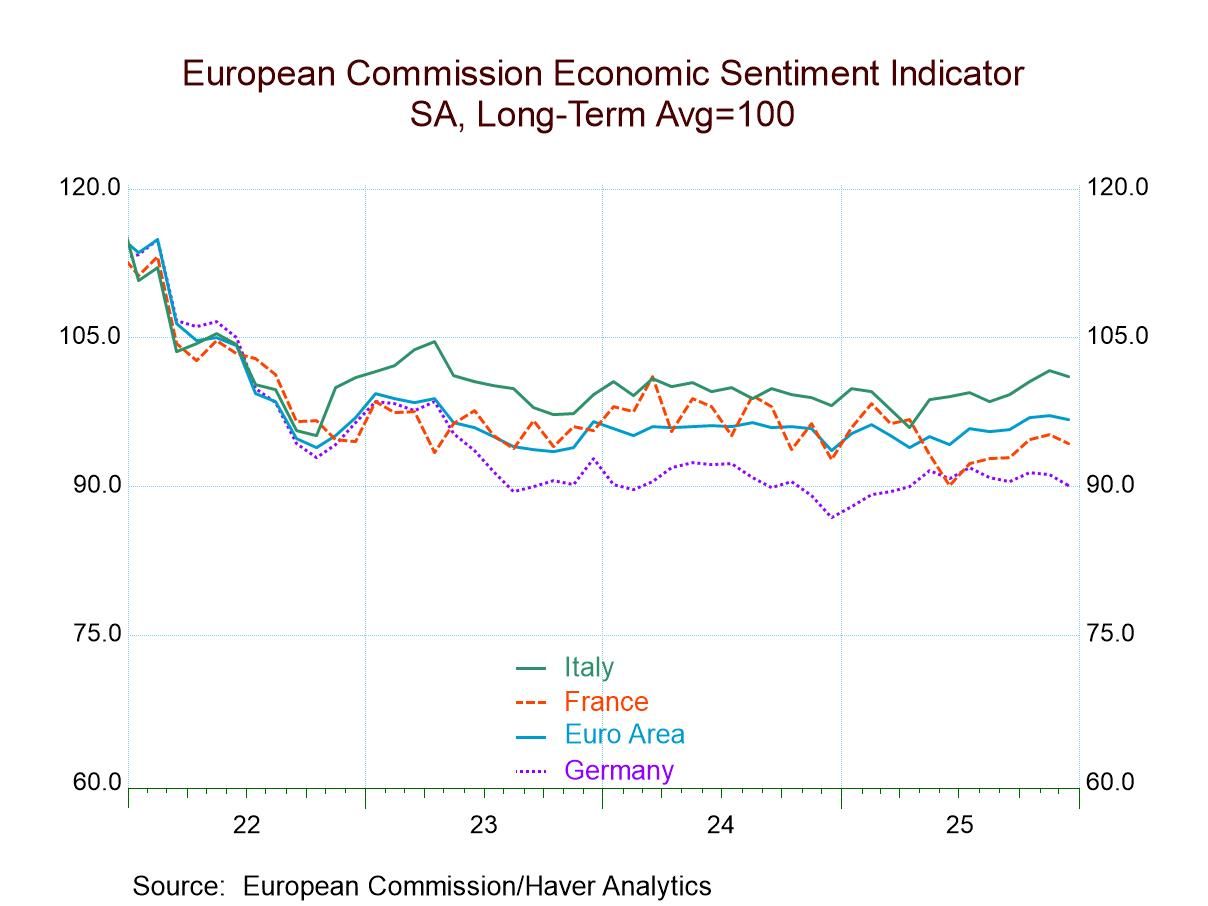U.S. Durable Goods Orders Dragged Down by Aircraft in January
by:Sandy Batten
|in:Economy in Brief
Summary
- Orders fell a larger-than-expected 6.1% m/m.
- Nondefense aircraft orders plunged 58.9% m/m.
- Orders excluding aircraft rose 0.6% m/m.
- Core capital goods shipments increased 0.8%, providing a good start for Q1.


New orders for durable goods fell 6.1% m/m (-0.6% y/y) in January following a downwardly revised 0.3% m/m decline in December (previously unchanged). The Action Economics Forecast Survey had expected a 5.0% m/m decline in January. The sharp January decline was due entirely to a 58.9% m/m plunge in nondefense aircraft orders. Total aircraft orders fell 52.0% m/m. Orders excluding aircraft rose 0.6% m/m in January following a 0.4% m/m decline in December.
Transportation orders more generally plunged 16.2% m/m in January, their largest monthly decline since the pandemic. Orders for motor vehicles and parts slumped 0.4% m/m, their first decline in three months. By contrast, orders for defense aircraft and parts increased 2.6% m/m, their first monthly gain in three months. Orders for all defense goods jumped up 17.7% m/m in January, their first increase in three months.
While the plunge in aircraft orders was the major drag in January, orders across major sectors were generally anemic in January. Orders for primary metals fell 1.7% m/m, their first decline in three months. Orders for fabricated metal produce declined 0.9% m/m. Machinery orders were unchanged while “other” orders fell 0.5% m/m. Orders for communications equipment slumped 8.4% m/m. By contrast, orders for computers rose a solid 5.8% m/m and orders for electrical equipment and appliances increased 0.9% m/m.
Core capital goods orders (that is, nondefense capital goods orders excluding aircraft) edged up 0.1% m/m in January. However, the initially reported 0.2% m/m increase in December was revised to a 0.6% m/m decline. News on core capital goods shipments in January, a reliable coincident indicator of business spending on equipment in the national accounts, was more positive. Core capex shipments increased 0.8% m/m in January with a small upward revision to December (to +0.1% m/m from unchanged previously), thereby indicating a solid start for Q1.
Shipments of all manufactured goods fell 1.0% m/m (-1.6% y/y) in January on top of a 0.4% monthly decline in December. Shipments of durable goods fell 0.9% m/m in January, their fourth monthly decline in the past five months. Shipments of nondurable goods decreased 1.1% m/m in January, their fourth consecutive monthly decline. Shipments of transportation equipment declined 3.3% m/m in January. Shipments excluding transportation increased 0.3% m/m, led by a 2.1% monthly gain in shipments of electrical equipment and appliances and a 1.3% m/m increase in machinery shipments.
Unfilled orders for durable goods increased 0.2% m/m (+9.3% y/y) in January after a 1.3% m/m gain in December. Excluding transportation, unfilled orders fell 0.2% m/m, their third decline in the past four months. Manufacturing inventories fell 0.1% m/m (-0.5% y/y) in January, their first monthly decline in seven months. Inventories of durable goods increased 0.2% while inventories of nondurable goods fell 0.6% m/m, their fourth consecutive monthly decline.
Manufacturers’ orders and shipments of durable and nondurable goods, along with unfilled orders and inventories, are compiled by the U.S. Census Bureau. They are available in Haver’s USECON database. The Action Economics forecast data are in the AS1REPNA database.


Sandy Batten
AuthorMore in Author Profile »Sandy Batten has more than 30 years of experience analyzing industrial economies and financial markets and a wide range of experience across the financial services sector, government, and academia. Before joining Haver Analytics, Sandy was a Vice President and Senior Economist at Citibank; Senior Credit Market Analyst at CDC Investment Management, Managing Director at Bear Stearns, and Executive Director at JPMorgan. In 2008, Sandy was named the most accurate US forecaster by the National Association for Business Economics. He is a member of the New York Forecasters Club, NABE, and the American Economic Association. Prior to his time in the financial services sector, Sandy was a Research Officer at the Federal Reserve Bank of St. Louis, Senior Staff Economist on the President’s Council of Economic Advisors, Deputy Assistant Secretary for Economic Policy at the US Treasury, and Economist at the International Monetary Fund. Sandy has taught economics at St. Louis University, Denison University, and Muskingun College. He has published numerous peer-reviewed articles in a wide range of academic publications. He has a B.A. in economics from the University of Richmond and a M.A. and Ph.D. in economics from The Ohio State University.




 Global
Global

